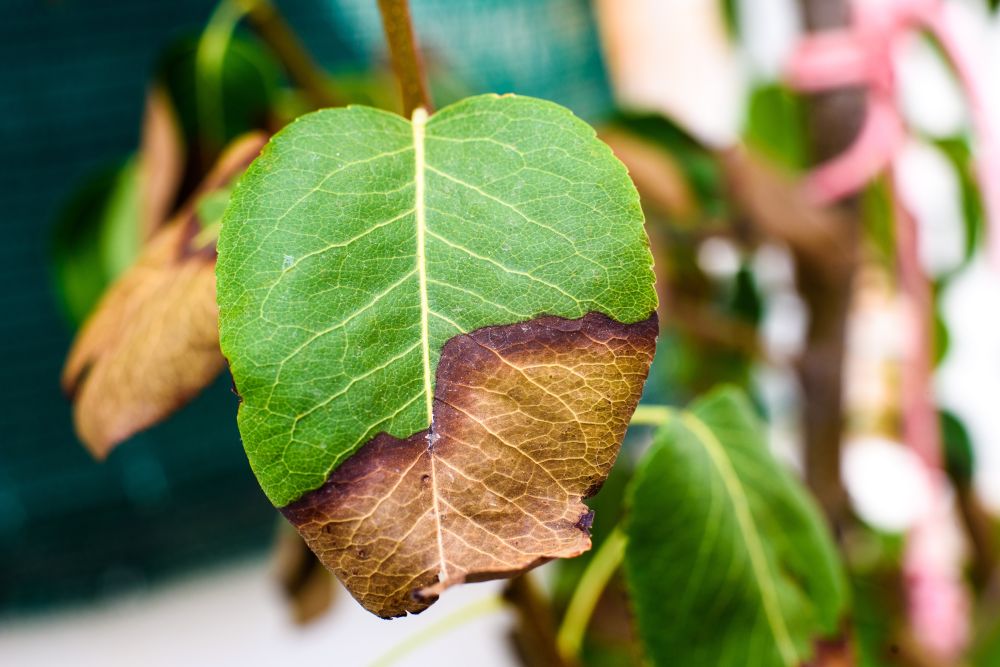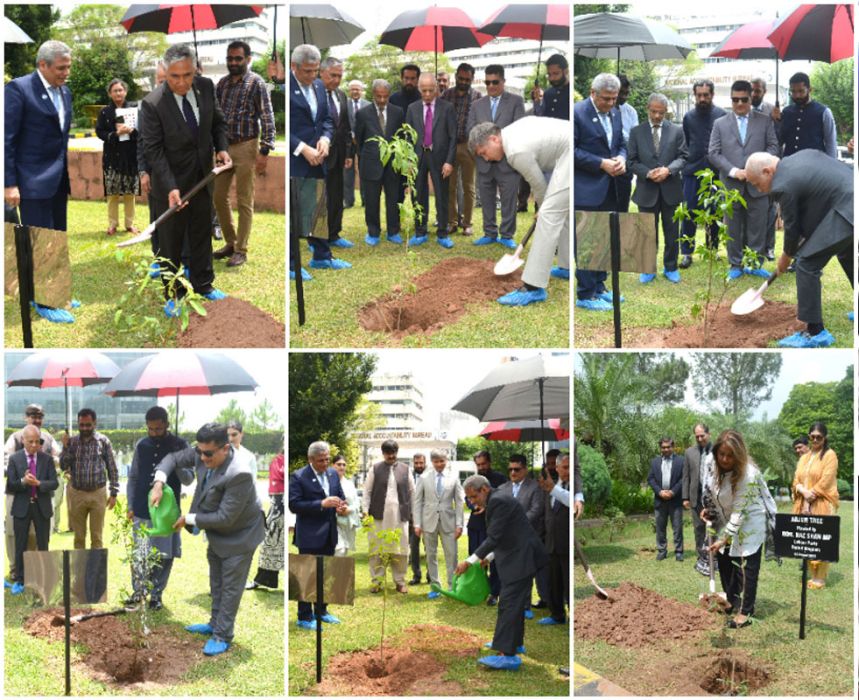02 Plant Leaves Speak. Are We Listening?
Posted 5 months ago
In today’s world of smart farming and caring for our planet, the color of a plant’s leaves isn’t just about beauty - it tells us how healthy the plant is and what’s going on in the environment.
When we pay attention to the different shades leaves show, we’re actually getting a glimpse into how nature works behind the scenes.
Healthy plant leaves typically present a rich green hue, thanks to chlorophyll, the pigment crucial for photosynthesis. Chlorophyll captures sunlight and helps convert carbon dioxide and water into glucose, the energy source that powers plant growth. The intensity of green is directly correlated with photosynthetic activity. More chlorophyll equals more energy production.
But not all greens are equal. A pale green can indicate nutrient deficiencies especially nitrogen, the central atom in the chlorophyll molecule. In hydroponic farms, for example, chlorosis (leaf yellowing) is the early warning system for nutrient imbalance. Artificial intelligence tools in AgriTech now use spectral analysis to quantify green pigment levels and detect deficiencies before visible symptoms appear to the human eye.
Yellow Leaves: The Warning Light
Yellowing, scientifically known as chlorosis, is often the first sign of trouble. It can arise from multiple sources, nutrient deficiencies (iron, magnesium, nitrogen), water stress, or disease. In citrus orchards, yellow mottling might signal iron deficiency due to alkaline soils. In rice paddies, uniform yellowing could indicate viral infections such as rice tungro disease.
Importantly, the pattern of yellowing matters. Interveinal chlorosis (yellowing between veins) can point to magnesium deficiency, while edge yellowing may suggest potassium shortages. Agronomists increasingly rely on drone-mounted multispectral cameras that pick up these signs across acres, enabling precision agriculture at scale.
Red, Purple, and Bronze: Stress Signals or Strategic Adaptation?
Sometimes, leaves turn red or purple, not always a sign of illness. These colors stem from anthocyanins, pigments that can act as natural sunscreens or stress protectants. In young leaves, a flush of red is normal and protective. But in mature leaves, sudden reddening often hints at phosphorus deficiency or environmental stress such as drought, cold, or high UV exposure.
Take autumn, for example. The reds and purples seen in deciduous trees are part of an elegant shutdown process. As chlorophyll breaks down, anthocyanins take over, protecting leaf tissues as the plant reabsorbs valuable nutrients before leaf drop.
Brown and Black: The Death Knell
When leaves turn brown or black, the prognosis is often grave. Necrosis, the death of plant tissue can be caused by fungal or bacterial infections, chemical burns (from pesticides or fertilizers), frost, or prolonged drought.
More dramatically, sudden browning or scorching from the edges inwards, known as leaf scorch, can occur due to extreme heat, salt accumulation, or vascular diseases. Monitoring these signs early helps farmers act quickly switching irrigation regimes, adjusting fertilizers, or deploying bio-controls.
The Business of Leaf Colors: Technology, AI, and Precision Farming
Plant color diagnostics has moved from the pages of botany textbooks to the dashboards of AI-powered platforms. Startups are developing smartphone apps that let farmers snap a photo and get instant nutrient analysis. Satellite imaging and drone surveillance can now map crop stress by analyzing spectral signatures invisible to the naked eye.
Companies like John Deere, IBM, and AgriPredict are investing in platforms that integrate leaf color data with soil, weather, and yield maps. The goal? Proactive farming responding to plant stress signals before they translate into crop losses.
Beyond Agriculture: Leaf Colors in Urban Landscpaes and Climate Science
Leaf coloration is also a barometer for urban ecosystem health. In polluted cities, leaves may show bronzing or mottling due to ozone damage or heavy metals. Environmental scientists monitor leaf colors in urban parks to gauge air quality, much like canaries in coal mines.
Additionally, satellite observations of global leaf coloration are feeding climate models. “Greening” trends suggest higher CO₂ uptake, while widespread yellowing or browning may signal ecosystem distress due to drought or disease outbreaks.





